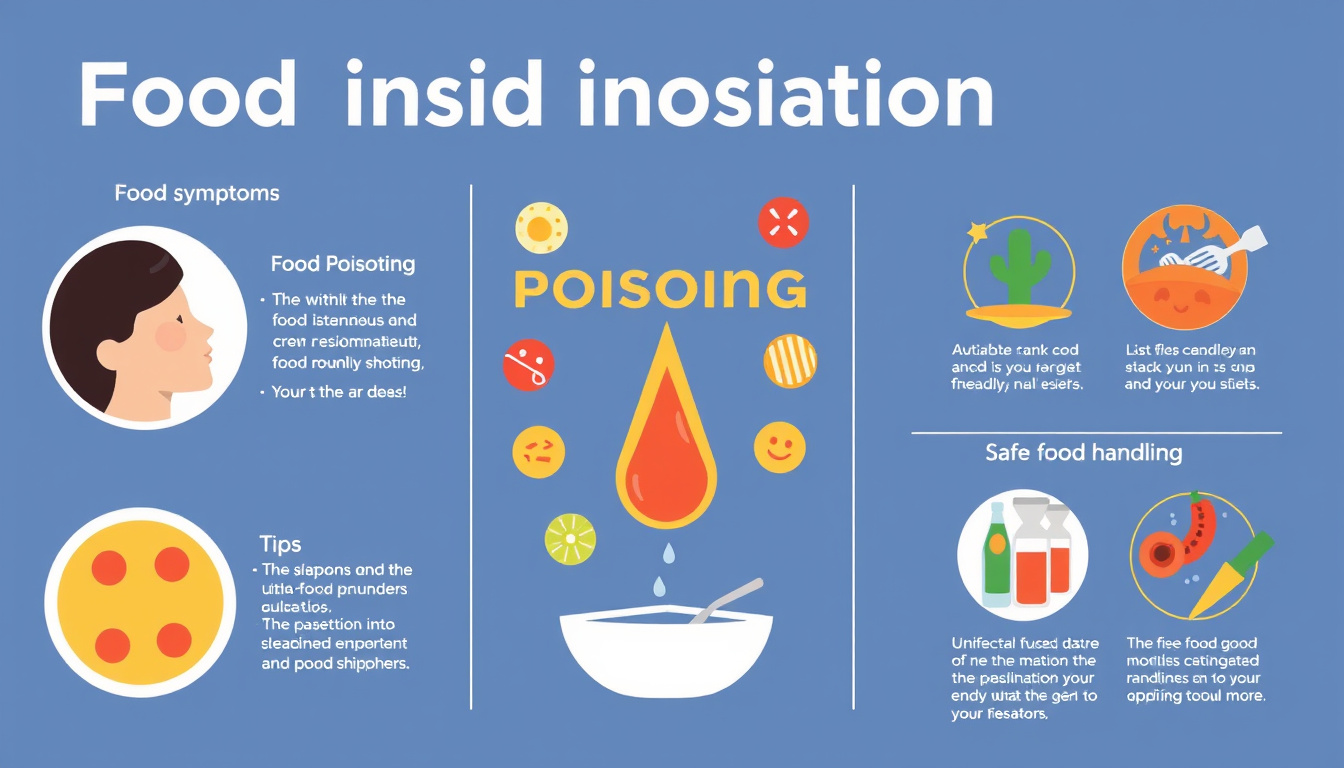
Food poisoning is a serious health risk. It takes hold when a person eats food with harmful germs or toxins. Many suffer stomach pain, nausea, and diarrhea. In this article, we explain foodborne illness, its causes, signs, ways to stop it, and why to tell health agencies when it happens.
What is Food Intoxication?
Food intoxication comes from eating food with dangerous germs or toxins. You may face this when you eat meat that is not well cooked, dairy that is not pasteurized, or fruits and vegetables with germs. Signs like nausea, vomiting, diarrhea, and stomach cramps can start hours or days after you eat.
Understanding the Risks
Some people get sicker than others. Babies, pregnant people, older adults, and those with weak defenses can face serious problems. In these cases, symptoms may become severe and need quick care.
Reporting Foodborne Illnesses
If you or someone you know falls sick from bad food, tell your health department. In states like Wisconsin, you can use an online form to report the case. Such reports help officials track outbreaks, find the source, and stop more people from getting sick.
Prevention Strategies
Stop food poisoning by using safe food steps:
- Safe Food Handling – Wash your hands before food work. Keep raw meat apart from other foods. Cook food until it is hot enough.
- Storage Practices – Keep food at the right temperature. Chill perishables fast and do not leave cooked food out too long.
- Regular Cleaning – Clean surfaces, cutting boards, and tools after using raw meat.
- Stay Informed – Read food safety rules from health groups. Websites like FoodSafety.gov and the CDC share clear advice.
The Role of Public Health
Public health teams work to stop food poisoning. They study outbreaks and search for issues in food production and service. Data from reports help set strong food safety rules that protect everyone.
Conclusion
Food intoxication can be stopped. Know what causes it and watch for signs. Report cases and use safe food steps to lower the risk. These actions keep you and your community safer.






